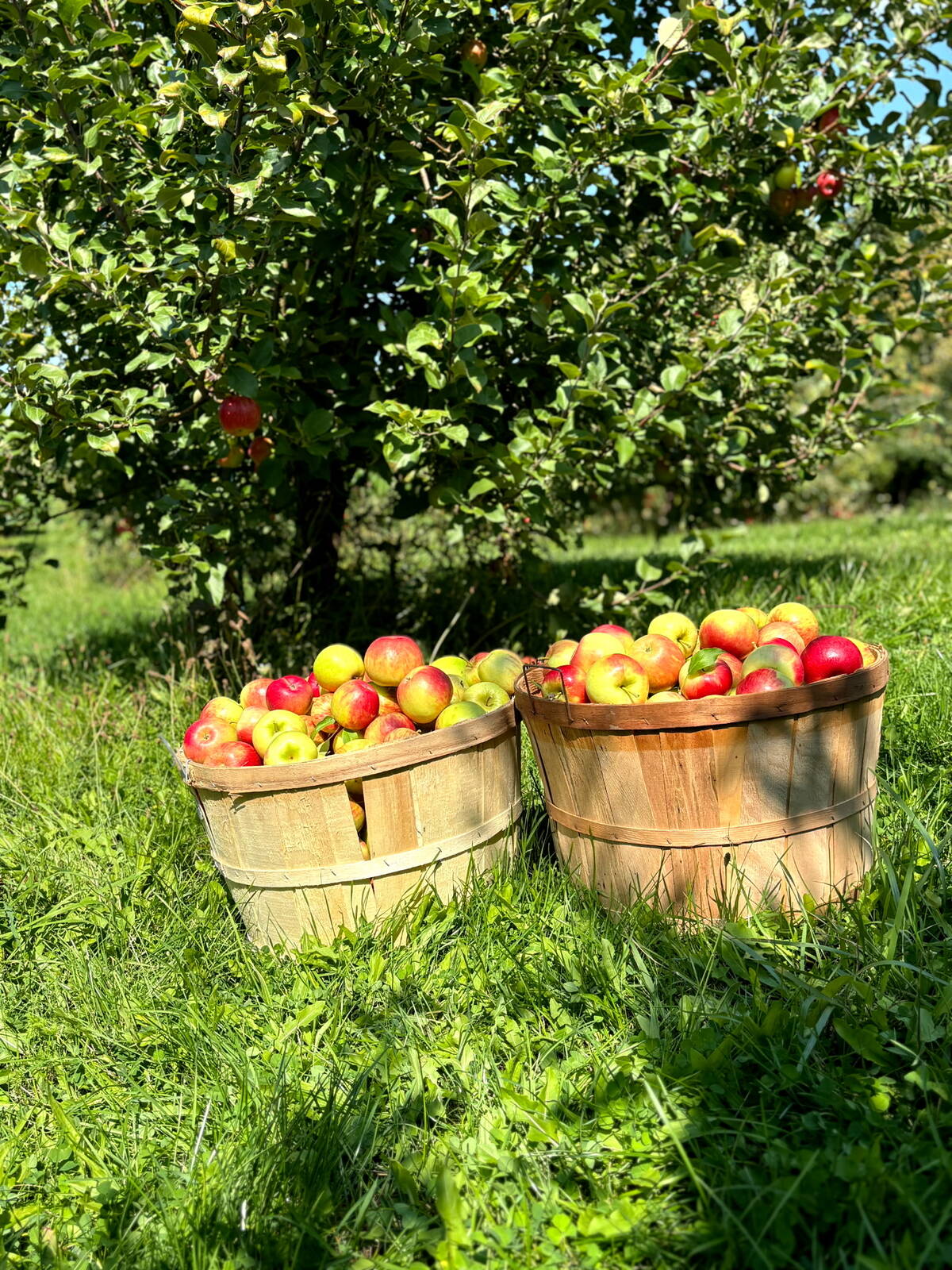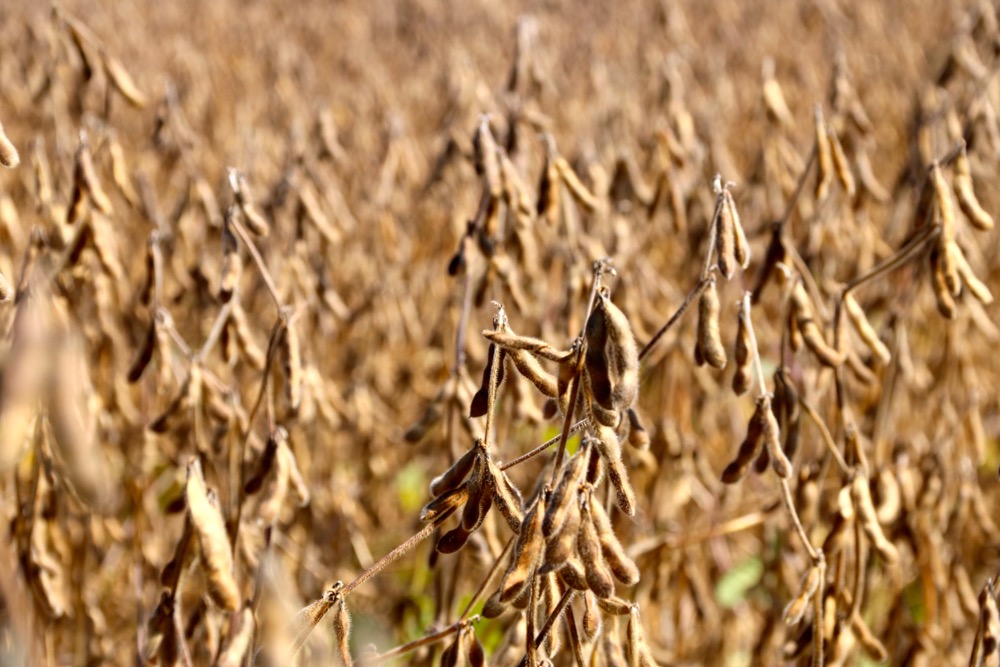A Farm Credit Canada analysis of 30 years of trading showed that during periods of price volatility, Canadian exports usually decline to most markets.
Prices for soybeans, beef and pork are particularly volatile during periods driven by trade tensions – as are being seen right now.
That doesn’t bode well for producers of those commodities in 2018.
Why it matters: Volatility means more difficult sales and more conservative trading relationships, which can mean less predictable income for farmers. But it can also mean opportunities in some markets.
Read Also

Farmers taking to social media to spread the word about the cost of farm thefts
A rash of farm thefts in Ontario have left farmers looking for new ways to help customers understand the cost of stealing goods.
The volatility is a cause for concern according to Farm Credit Canada’s new report, Navigating Trade Disruptions and Volatility, released Oct. 31. Canadian exporters and buyers have changed the way they bought and sold products.
“It can produce a hesitation among buyers, and them cutting back their purchases because it’s hard to plan. It can also lead buyers to hedge against higher prices,” said J.P. Gervais, FCC chief agricultural economist, who stressed during a conference call on the report that volatility is not necessarily bad.
The report says that buyers postpone purchases in hopes prices will retreat (because in periods of great volatility, they rise and decline quickly). Or they can be motivated to buy more when prices start to jump around, in efforts to hedge against the pain of future price increases they see as likely.
For its report FCC selected five commodities – canola, wheat, soybeans, beef and pork – and looked at a 30-year span from January 1988 to April 2018. Outside of the current trade spat between the U.S. and China, Gervais said past issues such as trade barriers and natural disasters have also contributed to the volatility over the years. Exports of all of the five commodities have grown over the 30 years covered by the report. However, exports of those commodities to the United States all declined during periods of volatility.
The report identifies four likely impacts of the currently volatility in the market, based on what has happened in the past.
- The decline in soybean prices, caused by Chinese tariffs on U.S. soys in retaliation for U.S. tariffs, will likely cause some export changes, as the world supply chains are rearranged. This will also affect canola prices and exports, as an oilseed.
- China, Japan and the U.S. import 80 per cent of Canadian pork exports, and the report shows that they usually decrease their imports during times of volatility, although those declines are tremendous.
- American beef buyers tend to delay purchases of Canadian beef during times of volatility, but those delays tend to be short lived. The U.S. is by far the largest market for Canadian beef exports. China and Japan have historically reduced imports during periods of volatility, but Hong Kong has tended to increase imports.
- Key buyers drop imports of Canadian wheat during months of volatility, but they recover quickly, and so wheat exports are expected to see little overall impact.
“The negative impact of volatility, creating uncertainty for producers and businesses that export, as well as for buyers, is more of a factor that prevails when it comes to our Canadian pork exports. In that case for pork, volatility has more of a negative impact than anything else,” Gervais said.
“There’s a risk management lesson in all this. For the most part, producers have good production risk plans in place. From a financial risk standpoint as well most operations understand the need to have a good financial risk management plan in place,” Gervais said.
In 2017 Canada’s entire agri-food chain accounted for roughly 6.8 per cent of the country’s gross domestic product. Agri-food is Canada’s third largest export and accounted for US$420.6 billion in 2017.













